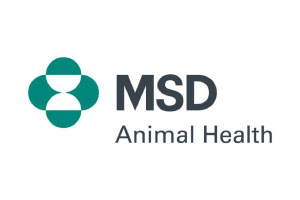

Product Ref: INDEX03 Category: D


Royal Mail 2nd Class / Parcel Force 48
UK to UK :Normally arrives in 2-4 business days.
UK to Ireland :Normally arrives in 4-6 business days
UK to EU Countries : Normally arrives in 6-10 working days depending on where the parcel is going
Please note standered delivery is none trackable , none insured , no responsabily for lose or Damage
----------------------------------------------------------------------------------------------------------------

Royal Mail First Class / Parcel Force 24
UK to UK :Normally arrives in 1-2 business days.
UK to Ireland 3-4 business days
UK to EU Countries : Normally arrives in 6-10 working days depending on where the parcel is going
Please note :Trackable , Royal Mail insured up to £50.
--------------------------------------------------------------------------------------------------------
Parcel Force Express AM Guaranteed before Midday.
UK to UK only . UP to 5KG Max Weight
Arrives next day before 12 noon, requires a signature.
Parcel Forcel Terms & Conditions apply
Important: Parcel Force advise that there are some postcodes where an extended delivery time exists, and may affect the date of delivery or the service is not available.
| Category | POM-V |
| Temperature | Ambient |
| MA/VM/EU No: | 01708/4323 |
| Species |
|
| VMD Link | Product Information Database (defra.gov.uk) |
| NOAH Link | https://www.noahcompendium.co.uk/?id=-467130 |
| Dosage | May be administered by intravenous or intramuscular injection in horses, and by intramuscular injection in cattle, pigs, dogs and cats. The product may also be given by intra-articular injection in horses. Normal aseptic technique should be observed. For the treatment of inflammatory or allergic conditions the following average doses are advised. However the actual dose used should be determined by the severity of the signs and the length of time for which they have been present. Species Dosage Horses, cattle, pigs 1.5 ml/50 kg Dog, cat 0.5 ml/10 kg For the treatment of primary ketosis in cattle a dose of 5-10 ml given by intramuscular injection is advocated dependent on the size of the cow and the duration of the signs. Care should be taken not to overdose Channel Island breeds. Larger doses will be required if the signs have been present for some time or if relapsed animals are being treated. For the induction of parturition - to avoid foetal oversize and mammary oedema in cattle. A single intramuscular injection of 10 ml after day 260 of pregnancy. Parturition will normally occur within 48-72 hours. For the treatment of arthritis, bursitis or tenosynovitis by intra-articular injection in the horse. Dose 1 - 5 ml These quantities are not specific and are quoted purely as a guide. Injections into joint spaces or bursae should be preceded by the removal of an equivalent volume of synovial fluid. Strict asepsis is essential. To measure small volumes of less than 1 ml a suitably graduated syringe should be used to ensure accurate administration of the correct dose. Overdose See “Adverse Reactions:” above |
| Withdrawals | Cattle: Meat and offal: 8 days, Milk: 72 hours Pigs: Meat: 2 days Horses: Meat and offal: 8 days Not authorised for use in horses producing milk for human consumption. |